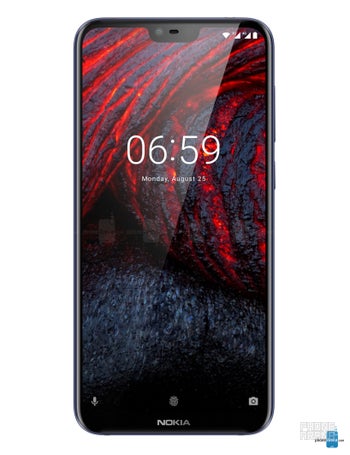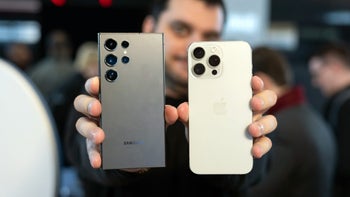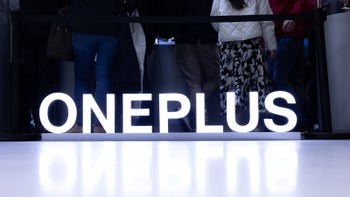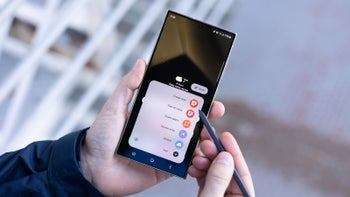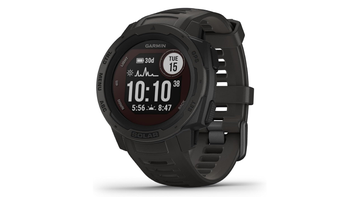Display
Size:
6.0 inches
5.8 inches
Resolution:
2160 x 1080 pixels, 18:9 ratio, 402 PPI
2280 x 1080 pixels, 19:9 ratio, 435 PPI
Technology:
IPS LCD
IPS LCD
Screen-to-body:
77.70 %
80.43 %
Colors:
16 777 216
Features:
Ambient light sensor, Proximity sensor
Scratch-resistant glass (Corning Gorilla Glass 3), Ambient light sensor, Proximity sensor
Hardware
System chip:
Qualcomm Snapdragon 636 SDM636 (14 nm)
Qualcomm Snapdragon 636 SDM636 (14 nm)
Processor:
Octa-core, 1800 MHz, Kryo 260, 64-bit
Octa-core, 1800 MHz, Kryo 260, 64-bit
GPU:
Adreno 509
Adreno 509
RAM:
4GB LPDDR4
4GB LPDDR4
Internal storage:
64GB
64GB
Storage expansion:
microSDXC up to 128 GB
microSDXC up to 400 GB
Device type:
Smartphone
Smartphone
OS:
Android (8.1 Oreo), HTC Sense UI
Android (10, 9.0 Pie, 8.1 Oreo)
Battery
Capacity:
3600 mAh
3060 mAh
Type:
Not user replaceable
Li - Ion, Not user replaceable
Charging:
Qualcomm Quick Charge 3.0
Camera
Rear:
Dual camera
Dual camera
Main camera:
16 MP (PDAF)
16 MP (PDAF)
Specifications:
Aperture size: F2.0
Aperture size: F2.0; Pixel size: 1 μm
Second camera:
5 MP (Depth information)
5 MP (Depth information)
Specifications:
Aperture size: F2.4; Pixel size: 1.12 μm
Flash:
Dual LED
Dual LED
Video recording:
3840x2160 (4K UHD) (30 fps), 1920x1080 (Full HD)
1920x1080 (Full HD) (30 fps)
Features:
Picture-taking during video recording, Video calling, Video sharing
EIS, Video calling, Video sharing
Front:
13 MP (Flash, HDR)
16 MP
Video capture:
1920x1080 (Full HD)
Design
Dimensions:
6.24 x 2.97 x 0.33 inches (158.5 x 75.4 x 8.3 mm)
5.80 x 2.79 x 0.31 inches (147.2 x 70.98 x 8.59 mm)
Weight:
6.17 oz (175.0 g)
5.33 oz (151.0 g)
Materials:
Back: Plastic
Back: Glass; Frame: Aluminum
Biometrics:
Fingerprint (touch)
Fingerprint (touch)
Keys:
Right: Volume control, Lock/Unlock key
Right: Volume control, Lock/Unlock key
Colors:
Purple, Blue
Blue, White
Cellular
4G (FDD):
Bands 1(2100), 2(1900), 3(1800), 4(AWS-1), 5(850), 7(2600), 8(900), 12(700 a), 17(700 b), 20(800 DD), 28(700 APT), 32(1500 L-band), 66(AWS-3)
Bands 1(2100), 3(1800), 5(850), 7(2600), 8(900), 28(700 APT)
4G (TDD):
Bands 38(2600), 40(2300)
Bands 34(2000), 38(2600), 39(1900+), 40(2300), 41(2600+)
3G:
Bands 5(850), 8(900), 2(1900), 1(2100)
Bands 5(850), 8(900), 2(1900), 1(2100)
Data Speed:
LTE-A Cat 11 (600/75 Mbit/s), HSDPA+ (4G) 42.2 Mbit/s, HSUPA 5.76 Mbit/s
LTE Cat 4 (150/50 Mbit/s), HSDPA+ (4G) 42.2 Mbit/s, HSUPA 5.76 Mbit/s
Dual SIM:
Yes
Shared with microSD
SIM type:
Nano SIM
Nano SIM
Multimedia
Headphones:
3.5mm jack
3.5mm jack
Speakers:
Earpiece, Loudspeaker
Earpiece, Loudspeaker
Features:
aptX-HD
Album art cover, Background playback
Screen mirroring:
Wireless screen share
Wireless screen share
Radio:
FM
Additional microphone(s):
for Noise cancellation
for Noise cancellation
Connectivity & Features
Bluetooth:
5.0
5.0
Wi-Fi:
802.11 a, b, g, n, ac, dual-band; Wi-Fi Direct, Hotspot
802.11 a, b, g, n, ac, dual-band; Wi-Fi Direct, Hotspot
USB:
Type-C (reversible)
Type-C (reversible), USB 2.0
Features:
Mass storage device, Charging
Charging, OTG, Mass storage device
Location:
GPS, A-GPS, Glonass
GPS, A-GPS, Glonass, BeiDou
Sensors:
Accelerometer, Gyroscope, Compass
Accelerometer, Gyroscope, Compass
Other:
NFC, VoIP, Tethering, Computer sync, OTA sync
VoIP, Tethering, Computer sync, OTA sync
Phone features
Notifications:
Haptic feedback, Music ringtones, Vibration, Flight mode, Silent mode, Speakerphone
Other features:
Voice dialing, Voice commands, Voice recording
Availability
Officially announced:
Aug 30, 2018
Jul 19, 2018

